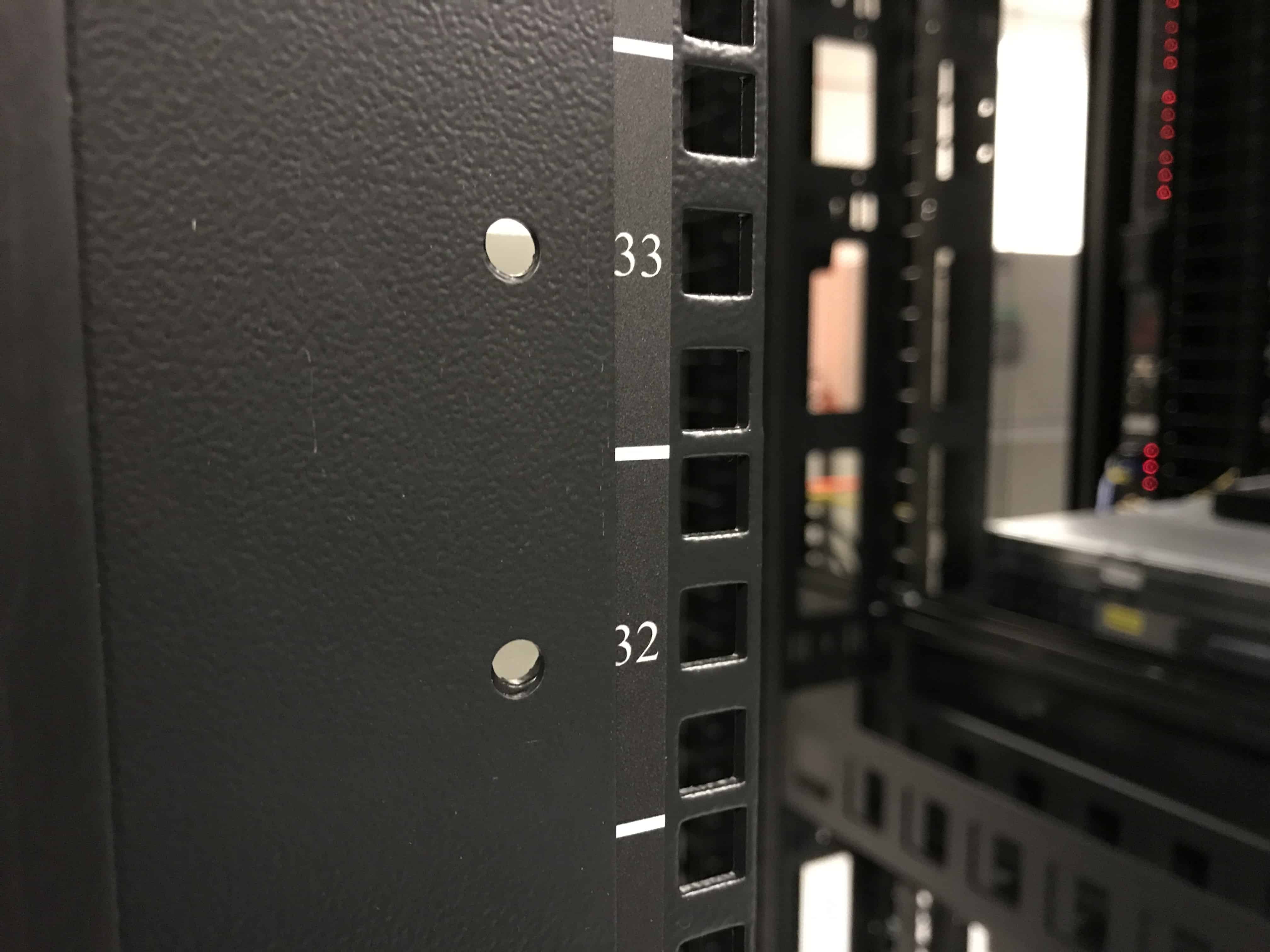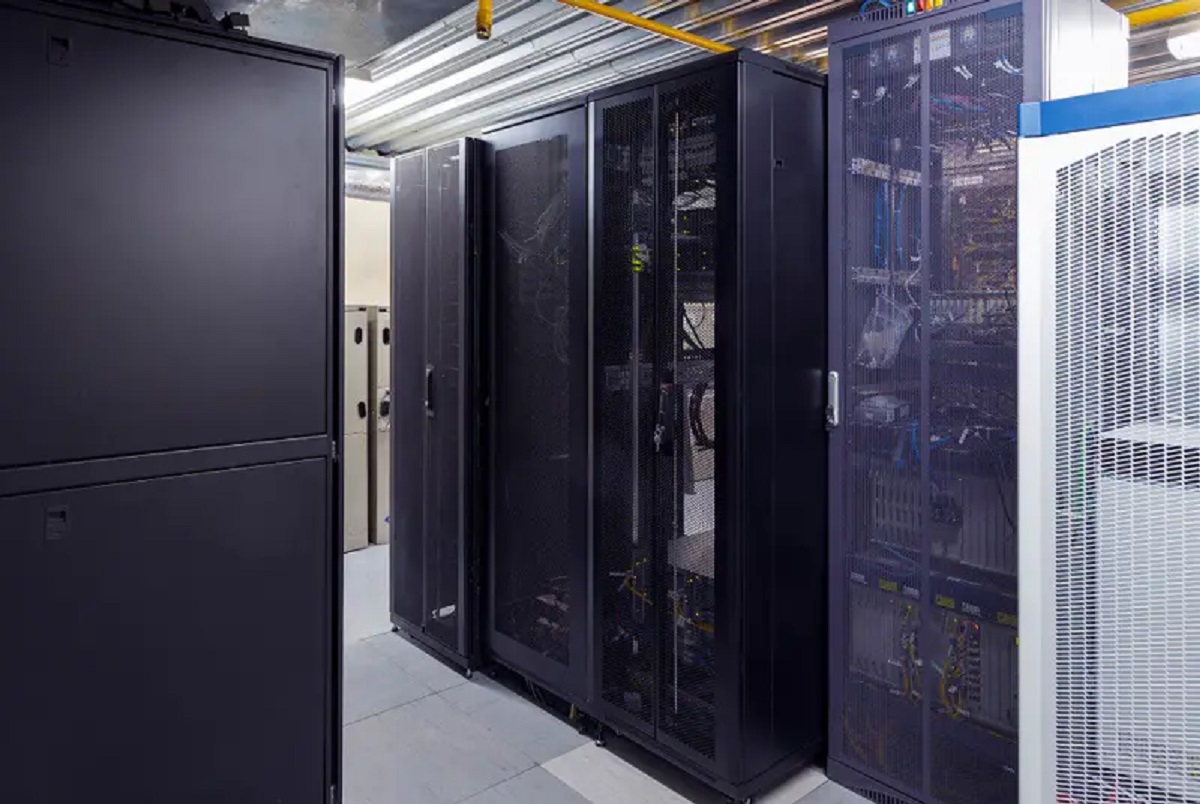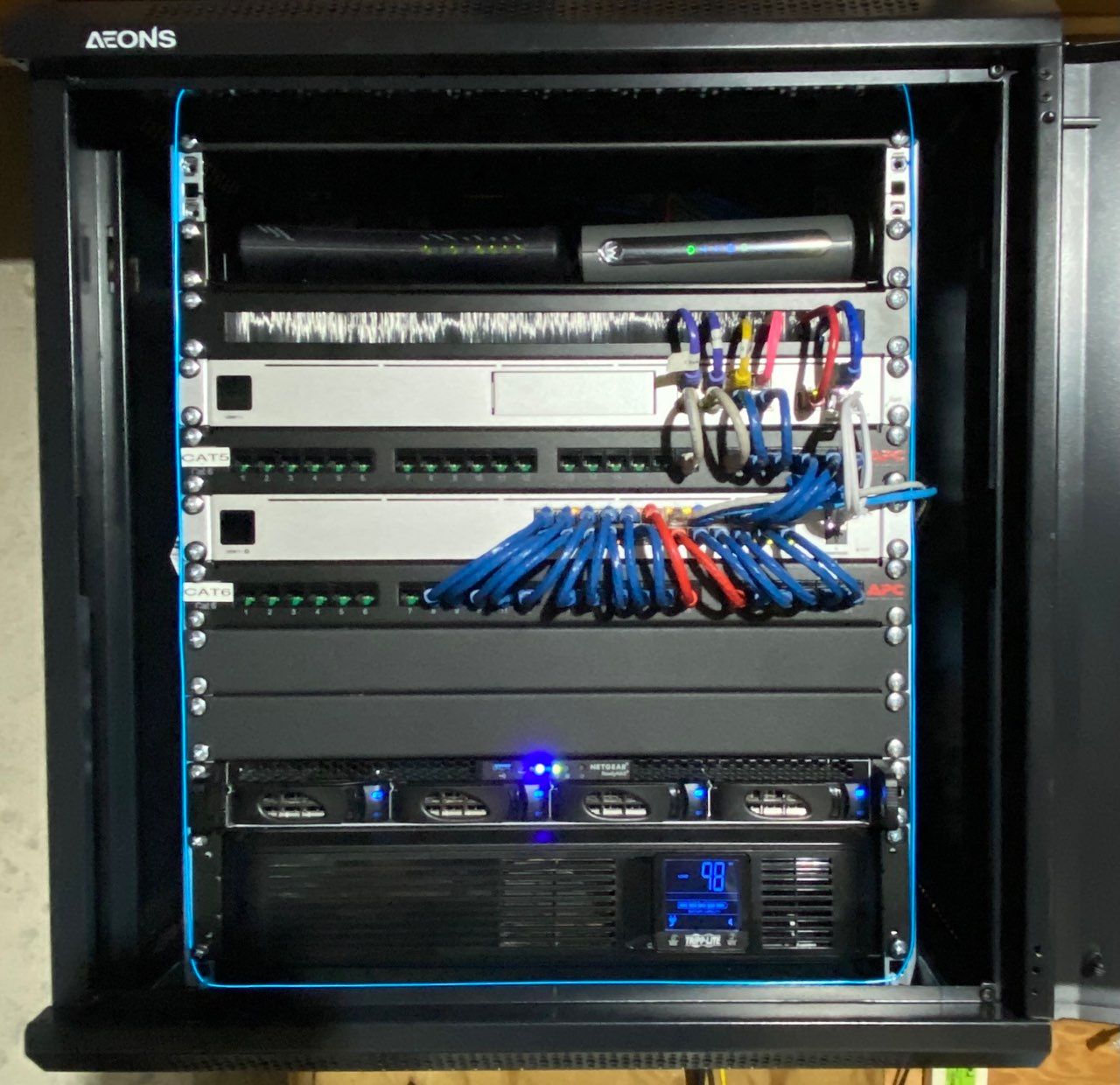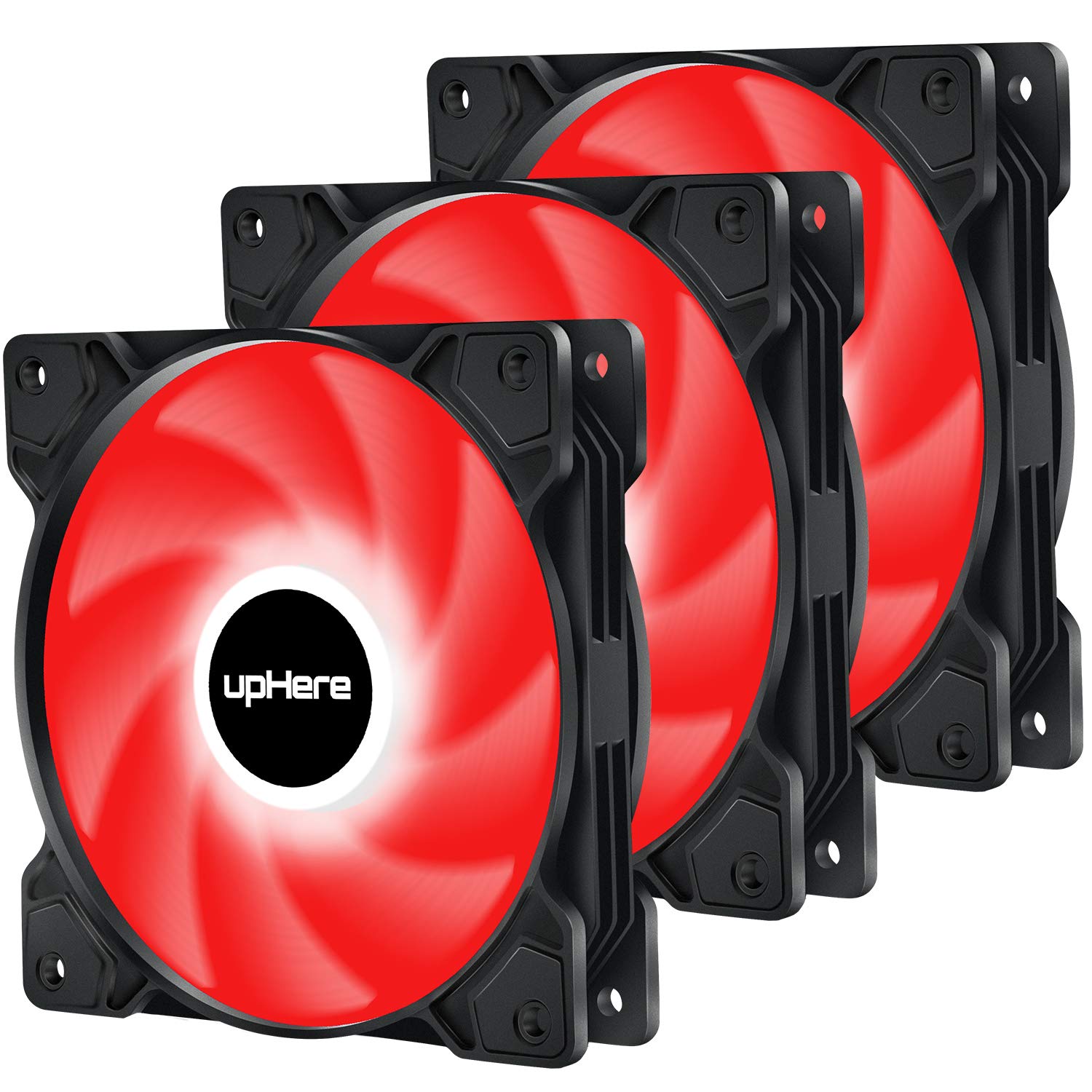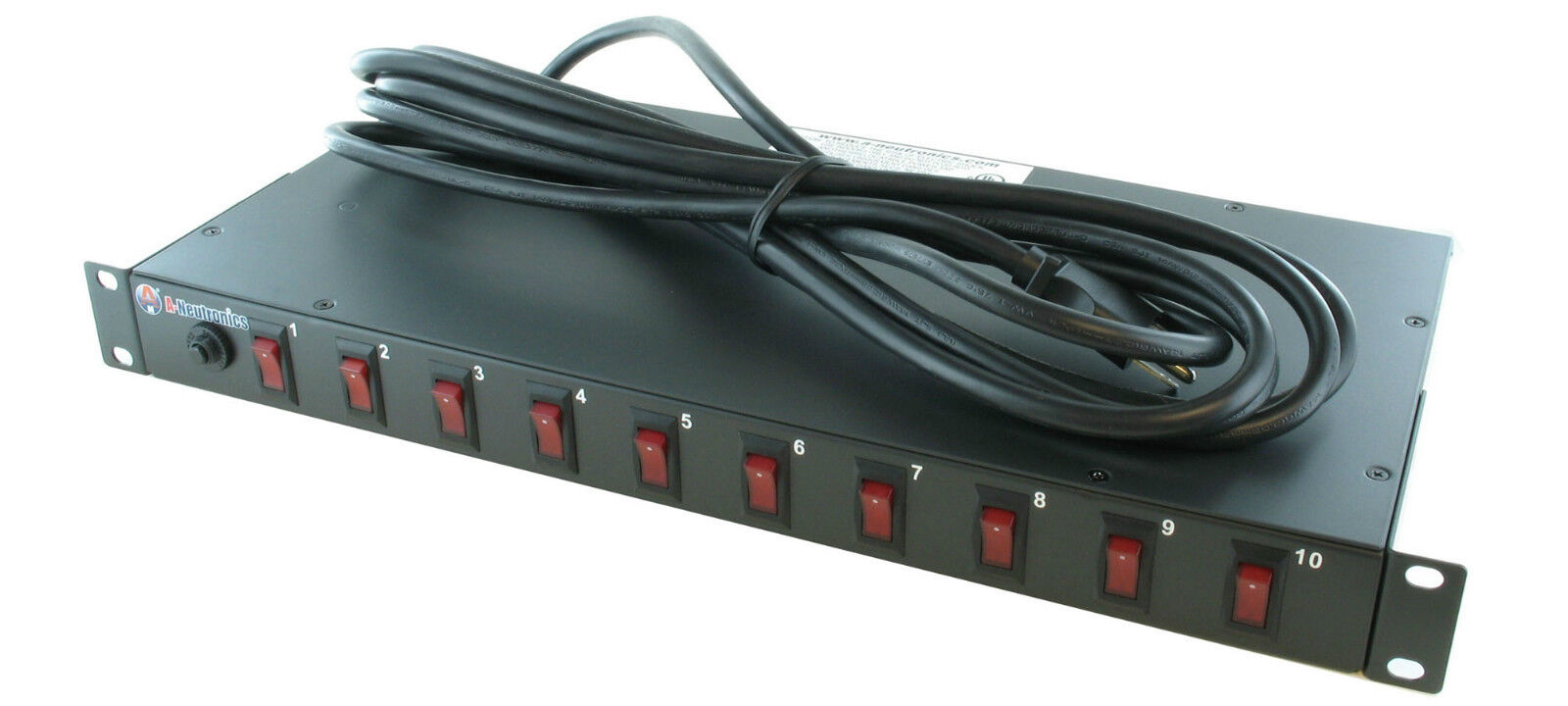Introduction
Welcome to our article on the number of UCS Blade Chassis that can fit in a single server rack. If you are new to the world of server racks and UCS Blade Chassis, don’t worry! We will break it down for you in simple terms.
When it comes to data centers and server infrastructure, efficiency and space utilization are key factors. Deploying and managing multiple servers can be a challenge, especially in limited space environments. This is where UCS Blade Chassis come into play.
UCS Blade Chassis, or Unified Computing System Blade Chassis, are modular enclosures that house multiple blade servers. These blade servers are compact, lightweight, and easily interchangeable. They are designed to optimize space usage, improve energy efficiency, and simplify server management.
Server racks, on the other hand, provide a standardized form factor for organizing and housing multiple servers. They are typically made of metal frames and have a front and rear panel with mounting slots for servers and other equipment.
In this article, we will discuss how many UCS Blade Chassis can fit in a single server rack. We will explore the standard width of server racks, the width of UCS Blade Chassis, and the calculations required to determine the maximum number of Chassis that can be accommodated in a rack.
Whether you are a data center manager looking to optimize space usage or simply curious about server infrastructure, this article will provide you with the information you need. So let’s dive in and explore the fascinating world of UCS Blade Chassis and server racks!
What is a UCS Blade Chassis?
A UCS Blade Chassis, or Unified Computing System Blade Chassis, is a modular enclosure that houses multiple blade servers. It is a critical component of a data center’s server infrastructure. The chassis provides a centralized location for managing and deploying blade servers efficiently.
Blade servers, also known as server blades, are compact server units that are designed to be installed and operated within a blade chassis. They are typically thinner and more lightweight than traditional rack-mounted servers. The compact form factor of blade servers allows for better utilization of space, power, and cooling in a data center environment.
The UCS Blade Chassis acts as a centralized hub for blade servers, providing power, networking connections, and management capabilities. It is designed to be hot-swappable, allowing for easy installation and removal of blade servers without disrupting the operation of other servers in the chassis.
One of the key advantages of a UCS Blade Chassis is its scalability. As the demands of a data center grow, additional blade servers can be seamlessly added to the chassis. This scalability makes it an efficient solution for organizations that require flexible computing power.
UCS Blade Chassis also offer advanced management features. They are equipped with a management module that allows administrators to monitor and control the blade servers remotely. This centralized management capability simplifies server administration tasks and improves overall efficiency.
UCS Blade Chassis are designed to be compatible with different operating systems and applications. They support various storage options and networking technologies, allowing organizations to customize their server configurations to meet their specific requirements.
In summary, a UCS Blade Chassis is a modular enclosure that houses multiple blade servers. It provides a scalable, efficient, and centrally managed solution for data centers. By consolidating multiple servers into a single chassis, organizations can optimize space usage, reduce power consumption, and simplify server management.
Understanding Server Racks
A server rack, also known as a rack cabinet or equipment rack, is a standardized and structured framework designed to house and organize various IT equipment, including servers, networking devices, and other related hardware. It provides a secure and organized environment for these devices while allowing easy access and maintenance.
Server racks are constructed with a metal frame and consist of two or four vertical posts on the front and rear side. These posts have standardized holes or slots, typically spaced one unit apart (1U), to mount equipment. The most common server rack standard is the 19-inch rack, where the width between the mounting holes is 19 inches.
The height of a server rack is measured in rack units (U), with each rack unit being 1.75 inches (44.45 mm) in height. Typical server racks range from 42U to 48U in height, although smaller racks, such as those used for home or small office purposes, can be as short as 6U.
Server racks provide several benefits, including efficient space utilization, ease of equipment installation and removal, improved cable management, and enhanced security. By organizing equipment in a rack, it becomes easier to manage and troubleshoot, reducing downtime and maintenance costs.
When mounting equipment in a server rack, airflow and cooling are important considerations. Proper ventilation is crucial to prevent overheating and ensure optimal performance of the equipment. Many server racks have perforated front and rear doors, as well as built-in fans or cooling mechanisms, to facilitate the airflow.
Additionally, server racks often feature cable management options, such as cable management arms, vertical cable managers, and cable pass-throughs, to keep cables organized and prevent tangling. This not only improves the aesthetics of the rack but also makes it easier to trace and troubleshoot cables when necessary.
It’s worth mentioning that server racks come in different configurations, including open-frame racks, enclosed racks, and wall-mount racks. The choice of rack configuration depends on factors such as space availability, security requirements, and the specific needs of the equipment being deployed.
Overall, server racks play a crucial role in data centers and server rooms by providing a stable and organized framework for housing and managing IT equipment. They offer numerous advantages in terms of space optimization, equipment accessibility, cooling, and cable management, contributing to the overall efficiency and reliability of the server infrastructure.
Standard Server Rack Width
The standard width of a server rack is an essential aspect to consider when determining how many UCS Blade Chassis can fit in a single rack. The most prevalent width measurement for server racks is 19 inches.
The 19-inch width is derived from the Electronic Industries Alliance (EIA) standard, which sets guidelines for rack-mounted equipment. This standard ensures compatibility and interchangeability between different manufacturers’ equipment and allows for easy installation and removal.
The 19-inch width measurement refers to the distance between the inner edges of the two vertical posts on a server rack. This distance is also known as the rack’s mounting width. It provides a consistent measurement for equipment manufacturers to design and manufacture rack-mountable devices.
It’s important to note that the 19-inch width does not include the outer dimensions of the server rack itself. The overall width of a server rack, including the outer frame, may exceed 19 inches to accommodate additional features, such as side panels, doors, or cable management options.
For example, a standard 42U server rack may have an overall width of around 23-24 inches when considering the outer dimensions. However, the usable space between the inner edges of the vertical posts will still be 19 inches, allowing for the installation of 19-inch rack-mountable equipment.
Having a standardized width for server racks ensures compatibility and flexibility in data center environments. It allows for easy integration of various types of equipment, including servers, switches, routers, and storage devices, into a single rack. This standardization also promotes consistent design and manufacturing practices among equipment vendors.
Additionally, the standardized width of server racks facilitates efficient airflow management. The consistent spacing between equipment allows for proper air circulation and cooling, reducing the risk of overheating and ensuring optimal performance.
Overall, the 19-inch width is the standard for server racks, providing a universal measurement for rack-mounted equipment. Understanding this standard is crucial when calculating the number of UCS Blade Chassis that can be accommodated in a single rack, as it sets the foundation for determining the available width for equipment placement.
UCS Blade Chassis Width
When it comes to determining the number of UCS Blade Chassis that can fit in a single server rack, it is vital to consider the width of the chassis itself. The UCS Blade Chassis typically adheres to industry-standard dimensions, ensuring compatibility and seamless integration with server racks.
The width of a UCS Blade Chassis is generally 17.5 inches. This measurement is slightly narrower than the standard 19-inch width of a server rack. The narrower width of the chassis allows for optimal airflow and efficient space utilization within the rack.
The 17.5-inch width is designed to accommodate two blade servers side by side within the UCS Blade Chassis. Each blade server, also known as a half-width blade, typically measures 8.75 inches wide. Therefore, with two blade servers fitting side by side, it totals 17.5 inches in width.
UCS Blade Chassis are specifically engineered with this width in mind to ensure that they can be mounted securely within a standard server rack. By aligning with the industry-standard measurements, UCS Blade Chassis offer compatibility and ease of integration with existing server rack infrastructure.
It is important to note that UCS Blade Chassis also come in variations that accommodate full-width blades or expansion modules. Full-width blades have a width of 17.5 inches, occupying the entire width of the chassis. On the other hand, expansion modules, such as fabric extenders or networking modules, can have varying widths depending on the specific model and requirements.
By adhering to the standard 17.5-inch width, UCS Blade Chassis ensure efficient space utilization within a server rack. The narrower width not only allows for better airflow and cooling but also enables data centers to maximize their rack density by accommodating multiple blade servers side by side.
Understanding the width of UCS Blade Chassis is essential for accurately calculating the number of chassis that can fit in a single server rack. By considering the width of the chassis and the available width between the inner edges of the server rack, data center managers can effectively plan and optimize their infrastructure for increased computing power and efficiency.
Calculating the Number of Chassis in a Rack
Calculating the maximum number of UCS Blade Chassis that can fit in a single server rack involves considering both the standard server rack width and the width of the UCS Blade Chassis. By following a simple calculation, data center managers can determine the optimal configuration to maximize space utilization.
First, let’s recall that the standard width of a server rack is 19 inches, while the UCS Blade Chassis has a width of 17.5 inches. To calculate the number of chassis that can fit, we need to divide the available width of the rack by the width of each chassis.
Here’s an example to illustrate the calculation:
Step 1: Determine the available width of the server rack.
Assuming we have a standard 42U server rack with an inner width of 19 inches, the available width is 19 inches.
Step 2: Determine the width of the UCS Blade Chassis.
Considering that the UCS Blade Chassis has a width of 17.5 inches for each chassis, we have the width per chassis as 17.5 inches.
Step 3: Calculate the number of chassis that can fit.
Divide the available width of the server rack (19 inches) by the width of each UCS Blade Chassis (17.5 inches).
Number of Chassis = (Available Width / Width per Chassis)
Number of Chassis = (19 inches / 17.5 inches)
Number of Chassis ≈ 1.09
In this example, it can be determined that approximately 1 UCS Blade Chassis can fit in the server rack.
It’s important to note that the resulting number may not always be a whole number, especially when the division does not yield a perfect quotient. In such cases, data center managers will need to decide whether to round up or down based on practical considerations.
Factors such as the presence of cable management options, spacing for proper airflow, and other equipment in the rack can influence the actual number of UCS Blade Chassis that can be accommodated. It’s crucial to consider these factors alongside the calculated number to ensure optimal rack utilization.
By performing the calculation outlined above, data center managers can plan the layout and configuration of their server racks to accommodate the desired number of UCS Blade Chassis, optimizing space utilization and scalability.
Factors to Consider
When determining the number of UCS Blade Chassis that can fit in a single server rack, several factors should be considered to ensure optimal space utilization and functionality. These factors go beyond just the physical dimensions and involve various aspects of the data center environment. Let’s explore some of the key considerations:
1. Rack Depth: The depth of the server rack plays a crucial role in determining how many UCS Blade Chassis can be accommodated. Blade servers require a specific amount of space within the rack to ensure proper installation and airflow. It’s essential to consider the depth of the rack to ensure that the UCS Blade Chassis and associated infrastructure can fit comfortably without causing any interferences or constraints.
2. Cable Management: Effective cable management is essential to maintain a clean and organized data center environment. Proper routing and management of power and network cables are crucial for maintaining optimal airflow and reducing the risk of accidental disconnections. When calculating the number of UCS Blade Chassis, it’s important to consider the space required for cable management systems, such as cable management arms or vertical cable managers.
3. Ventilation and Cooling: Adequate ventilation and cooling are critical for the optimal performance and longevity of the UCS Blade Chassis and the entire rack. The number of blade servers in a rack can impact the heat load, and proper cooling mechanisms should be in place to dissipate the generated heat effectively. Consideration should be given to the available airflow, the cooling capacity of the rack, and the overall heat dissipation requirements when determining the number of UCS Blade Chassis that can fit in the rack.
4. Power Requirements: Each UCS Blade Chassis requires power for its operation, including the blade servers within it. When calculating the number of chassis, it’s vital to consider the power capacity of the server rack and infrastructure. Ensuring that the rack can provide sufficient power to all the blade servers and associated equipment is crucial to preventing power overloads and outages.
5. Future Scalability: It’s essential to consider future scalability when determining the number of UCS Blade Chassis that can be accommodated. Data centers often undergo expansion or upgrades, requiring additional space and infrastructure. Planning for future growth and capacity is crucial to avoid running out of space or needing to reconfigure the entire rack infrastructure. Flexibility and adaptability in the initial planning stage can save significant time, effort, and costs in the long run.
By considering these factors, data center managers can make informed decisions regarding the number of UCS Blade Chassis that can fit in a single server rack. Each data center has its unique requirements, and taking these factors into account will ensure optimum utilization of space, while also considering the practical and functional aspects of the infrastructure.
Conclusion
Understanding the relationship between UCS Blade Chassis and server racks is crucial for efficiently utilizing space in a data center or server room. By considering factors such as server rack width, UCS Blade Chassis width, and other environmental considerations, data center managers can determine the optimal configuration.
The standard server rack width of 19 inches provides a consistent form factor for accommodating various rack-mountable equipment. On the other hand, UCS Blade Chassis typically have a width of 17.5 inches, allowing for efficient space utilization within the rack.
Calculating the number of UCS Blade Chassis that can fit in a single server rack involves dividing the available width of the rack by the width of each chassis. This calculation provides data center managers with an estimate of the maximum number of chassis that can be accommodated, although practical considerations and other factors should also be taken into account.
Factors such as rack depth, cable management, ventilation, cooling, and power requirements play a crucial role in determining the final configuration. It’s essential to consider these aspects to ensure proper installation, airflow, and functionality of the UCS Blade Chassis and associated equipment.
Additionally, planning for future scalability is essential in ensuring that the infrastructure can support potential growth and expansion. A forward-thinking approach allows data center managers to avoid major reconfigurations or constraints as their needs evolve over time.
By carefully considering these factors and performing the necessary calculations, data center managers can optimize space utilization, improve energy efficiency, and simplify the management of their server infrastructure.
In conclusion, understanding the relationship between UCS Blade Chassis and server racks is vital for maximizing the efficiency and performance of data center infrastructure. By considering the width, depth, cable management, cooling, power requirements, and future scalability, data center managers can design and configure their racks to accommodate the desired number of UCS Blade Chassis while ensuring the smooth operation of their server environment.









